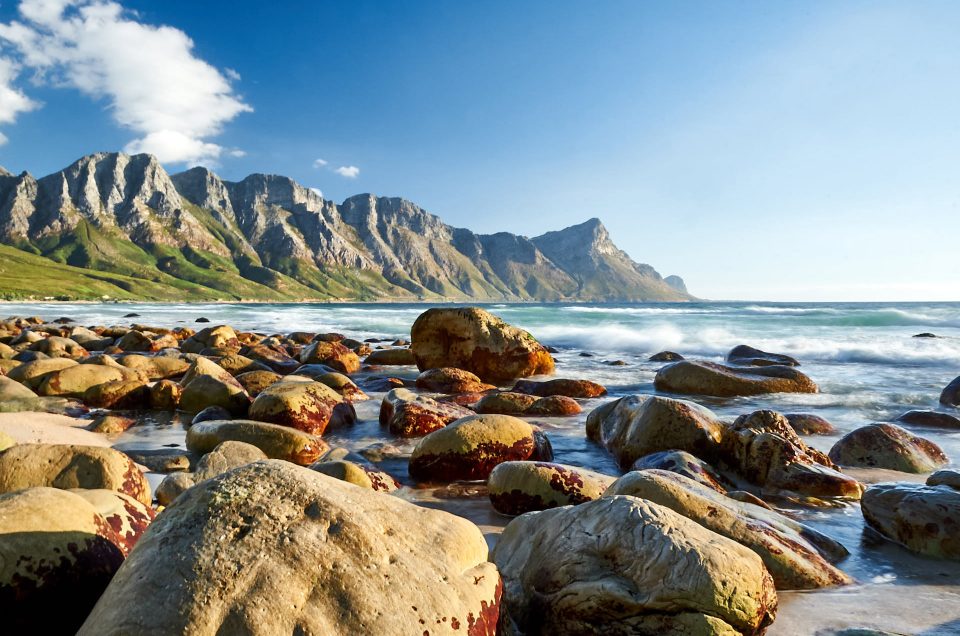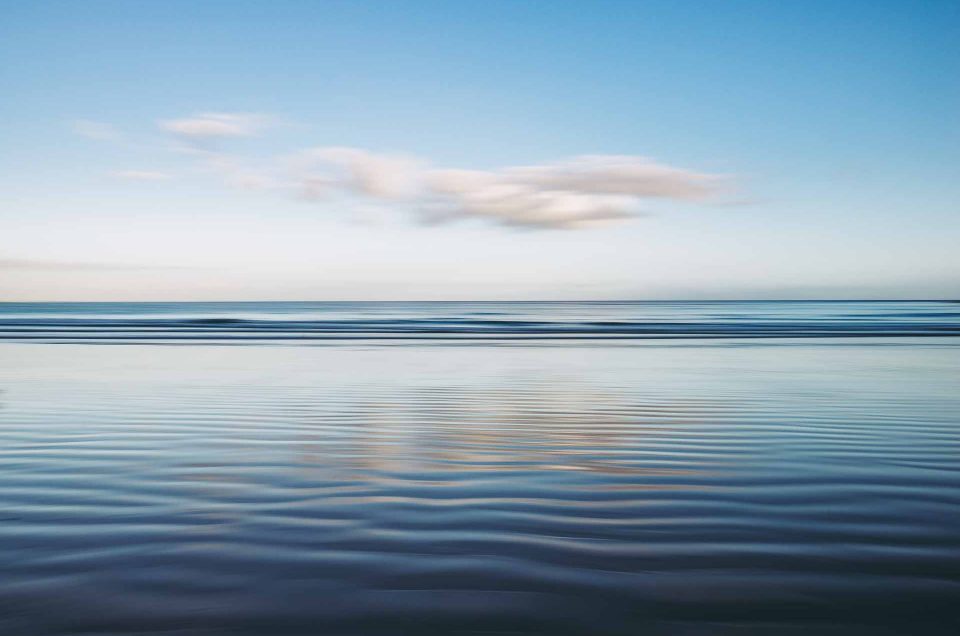1. Working with a colour calibrated monitor can be a huge help.
Working with a colour controlled environment is essential when it comes to editing and printing images. By working with a colour managed screen you can be assured that your printed images are as close to the image on screen. I recently wrote a blog about colour management.
2. Decide on the medium you want to print on and use soft proofing in Lightroom.
Lightroom has a rather handy built in way of being able to use spot proofing so you can make adjustments based on the media you plan on printing with. You can quickly see what colours won’t be reproduced accurately on your chosen media and you can then make the necessary adjustments to make sure all of image is in gamut.
3. Sharpen your image.
 Lightroom has a very useful sharpening tool under the Detail panel in the Develop module. It uses 4 sliders, Amount, Radius, Detail, and Masking. Each slider does different things.
Lightroom has a very useful sharpening tool under the Detail panel in the Develop module. It uses 4 sliders, Amount, Radius, Detail, and Masking. Each slider does different things.
Amount: The amount of sharpening you want to apply to an image.
Radius: The size of the sharpening area around the edges of the image.
Detail: The detail slider controls the amount of sharpening to the edges.
Masking: This slider masks out the areas that you don’t want sharpened.
A good starting point would be:
Amount: 50
Radius: 1-1.5
Detail: Keep below 50
Masking: All depends on the image.
4. Export using the correct colour space.
When exporting out of Lightroom there are normally three colour space options to choose from. Adobe (1998), ProPhoto RGB and sRGB. Adobe (1998) and ProPhoto RGB are the two options best suited for printing, while sRGB is best for web use. ProPhoto RGB will contain more colour information, and will result in a more accurate print.
5. Make sure you haven’t compressed the image.
When exporting an image make sure your settings are correct. Often the bigger you can export the image the better. These days with options like Dropbox or Wetransfer, getting a large tiff to the person doing your printing is just a matter of uploading and sharing a link.
Generally a full sized, uncompressed JPEG is more than sufficient, but if you have the bandwidth and the time, exporting a high res TIFF is ideal.
Settings should be: JPEG/TIFF, ProPhoto RGB, 300dpi






Leave a reply